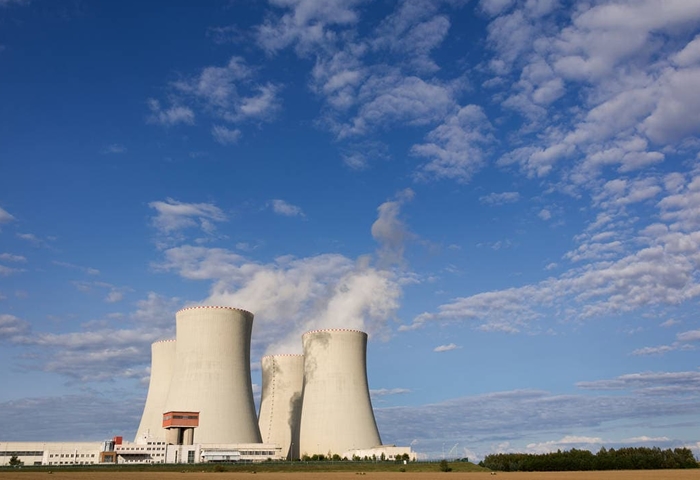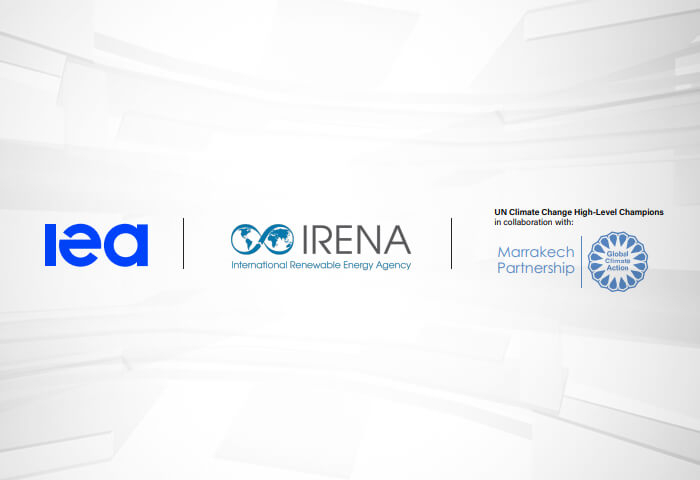For many, when it comes to ‘clean’ energy, the main forms of energy that come to mind are wind turbines or solar energy. Very often, nuclear energy, a very powerful and environmentally friendly alternative, is left out of the equation.
Nuclear is in fact the second largest source of low-carbon electricity in the world, after hydropower. It is a zero-emission energy source and it carries great potential for the environment and for the safety of humankind.
Generates clean energy
Nuclear generates its power by splitting uranium atoms; a process which is referred to as fission. Heat is released by fission and is inherently used to create steam which causes a turbine to spin and generate electricity without any harmful gases being emitted.
Indeed, the Nuclear Energy Institute (NEI) reported that in 2019 alone, the United States actually avoided over 476 million metric tons of carbon dioxide emissions. This amount is equivalent to the removal of 100 million operating cars and all other clean energy sources combined. If deployed on a larger scale, there is no doubt that it will have an immense impact on repairing the years of damage to the environment caused by the burning of fossil fuels.
It has been found that nuclear energy also removes thousands of toxic air pollutants which would contribute to smog, lung cancer, acid rain and cardiovascular diseases.
Not only that, but it has also been reported that compared to other major energy sources, nuclear power actually releases less radiation into the environment than any other major energy source. Many may find this statement somewhat paradoxical especially because radiation is often a factor that is overlooked when taking other energy sources into consideration.
Operates at high capacity factors
Capacity factor refers to the measure of the percentage of the time which a power plant needs to produce energy and this has proven to be a problem in the past for all intermittent energy sources. Indeed, in many countries which have deployed solar energy, the sun does not always shine, and for those who have depended on wind turbines know that the wind does not always blow and so on and so forth.
The latest statistics from research carried out by the US Energy Information Administration (EIA) suggest that nuclear operates at almost full power at an average capacity of approximately 97 percent. This means that nuclear basically operates at full power on 354 days per year.
This is a significant operation rate especially when compared with hydroelectric systems which were found to have operated at 45.2 percent, amounting to almost 165 days a year. As for solar, it was found to have operated at just 21.2 percent of the time, which essentially equates to 77 days a year.
Takes up less land footprint
Compared to other clean-air energy sources, Nuclear energy produces a great deal more electricity with less land. According to the NEI, a 1000 megawatt nuclear facility would need a little over 1 square mile in order to operate which is significantly lower than wind turbines and solar energy for instance.
Indeed, a wind farm would require 360 times more land than nuclear energy facilities to produce the same amount of electricity.
Generates less waste
Just like all energy-producing technologies, nuclear energy generation results in some waste products.
There are three forms of nuclear waste which are classified as per their radioactivity as low, intermediate and high-level. About 90 percent of the waste generated from nuclear consists of lightly-contaminated items such as work clothing and tools which were used in the production process. These objects only contain 1 percent of the total radioactivity.
However, in terms of the high-level waste, it only comprises of used nuclear fuel which has been essentially differentiated from other nuclear reactions as waste. This accounts for a total of 3 percent of the waste but with 95 percent radioactivity.
The nuclear industry is known for taking responsibility for all of the waste which it generates with allocated facilities to accommodate for the various levels of waste.
Nuclear fuel is very dense; it is almost 1 million times greater than any other traditional energy sources. This means that it requires a very low amount of fuel to produce immense and powerful amounts of electricity hence, a relatively smaller amount of waste is produced. In fact, the average amount of waste produced by a year’s worth of electricity generated by nuclear, amounts to the size of a brick. On average five grams of this brick would contain high-level waste which equates to the weight of a standard piece of paper.
To put things into perspective on a wider scale, a 1000 megawatt nuclear power station would cater to the electricity needs of over one million people. This would only generate three cubic meters of high level waste per year. In contrast, a coal-fired power station of the same wattage would produce around 3000,000 tons of ash and over 6 million tons of carbon dioxide per year.
It is important to also consider that while nuclear power is not the only solution to begin to diminish the threat of global warming, it certainly is a viable option. Many environmentalists have been against nuclear power and have cited all the dangers that could arise from it when the benefits actually outweigh the negatives. If handled appropriately, with care and the right guidelines, nuclear power could make great strides in helping the Earth recover, contribute to better air quality and in turn, decreases the number of individuals affected by cardiovascular diseases.
Nuclear is in a lot of ways much safer than other energy sources and it may well be a step in the right direction.









